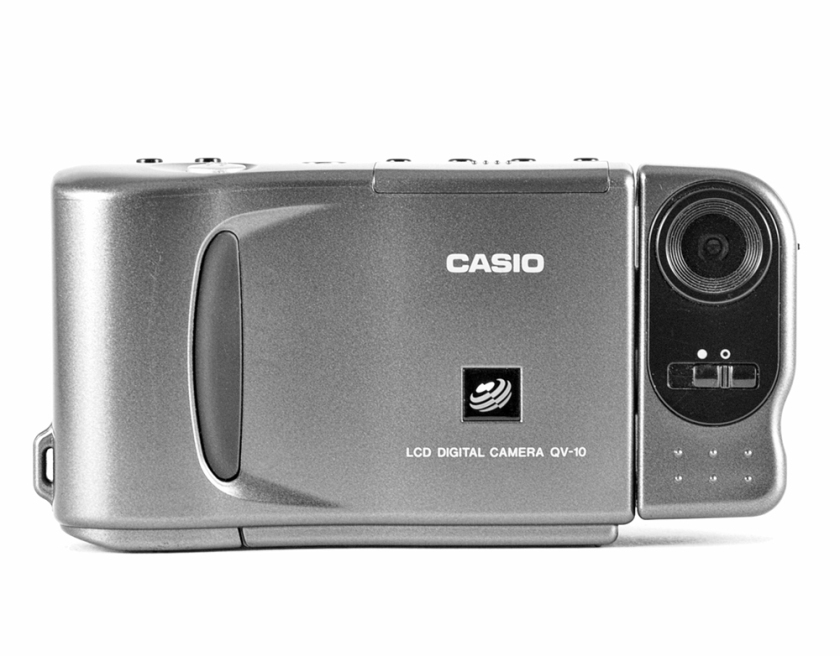Book review: On the Night Bus. Nick Turpin
Title: On the Night Bus. Photographer: Nick Turpin Reference: ISBN 978-1-910566-16-9 First published: 2016 by Hoxton Press. Web site: www.hoxtonminipress.com Size:160mm x 228 x 17mm portrait format Comprising: An introduction by Will Self followed by Photographers notes from Nick Turpin and then 49 colour plates I’ve followed Nick on Twitter for a while. During that time there have been glimpses of the ‘Night Bus’ work. So, when I saw it was to be turned into a book and I could pre-order a ‘collectors’ copy and by so doing get a free print… Well, the hook had been baited and I took it. I purchased the collectors edition which is beautifully bound and cased with a small loose leaf print included. My version is signed, being a pre-ordered edition. The finished book more than lives up to the teasers on Twitter. Forty Nine colour plates of people travelling on night buses in London. The images are haunting with more than a little of Saul Leiter’s work about them. Elegant use of colour and abstraction produced with more than …






